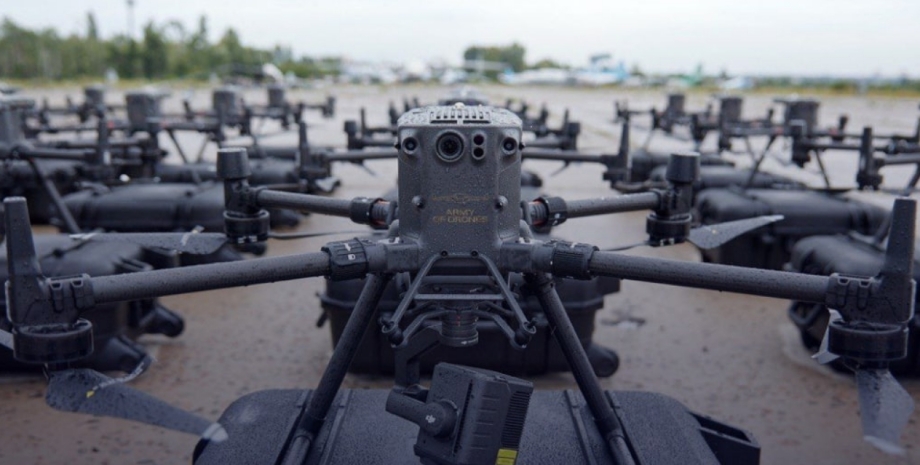
 By Victor Duda
By Victor Duda
Over the last 10 years, I have been engaged in the modeling of old tactics in new Vargeimamis and simulators based on horse archers and Mongol steppe riders to reproduce creative ways to reduce costs, forcing the enemy to spend millions of rockets on thousands of dollar ammunition. This path led me to work at the agency of promising defense research projects over the concept of mosaic war.
Many classes of Marines felt my love for swarming and the desire to help them see a war as a complex system consisting of competing combat networks, human will and operational art. Now I hope with the hope of a new replicator initiative. Focus translated Ben Jensen's article on the features of the use of drones and swarms of drones.
Seeing calls for the creation of a permanent autonomy with thousands of systems, which can be deployed in 18-24 months, which implies the ability to reproduce volleys faster than opponents, I feel a true admiration. At the same time, decades of studying military innovations make me realize that a number of bureaucratic decisions and prerequisites are needed to change the American way of warfare.
Since all military innovations begin with ideas, it is important to start a parallel with the Replicator initiative dialogue about operational art. This art is based on the concepts of detection and use of asymmetry and prompt coverage. These concepts will require the creation of an operational network with partners and allies and providing flexible, scaled useful load options for inexpensive "swings".
First of all, the operational art of swarm will require the provision of military professionals on each echelon opportunity to experiment and develop auxiliary tactical concepts of application and training iterations. Any war is asymmetrical if it is conducted correctly.
Asymmetry means the creation of conditions under which the strengths of the enemy become its weaknesses, which enables friendly forces to occupy the position of savings of forces and means, saving resources and energy to use unpredictable opportunities that occur during the collision of armies. From a practical point of view, most "Finns" work that way. The enemy sees small strength, thinks that they are really more, and pecks on a bait.
Result: Opponent beyond position, withdrawal and vulnerable to attack in a different direction. This concept has long traditions and is directly related to the perception of war as a complex system, which is most fully reflected in the concept of maneuver war, developed by the US Marine Corps in the 1990s. This concept is reflected in such stable tactical techniques as reconnaissance outputs, advanced strokes, bypass maneuvers and the development of the war zone.
From the point of view of the principles of war, logic is less likely to stand and purpose, and greater - maneuver, savings of strength and suddenness. The idea is that the Replicator swarm receives and uses an advantage if it removes the opponent from balance and retains the ability to adapt to changing conditions. Consider the current conflict in Ukraine.
In the narrow sense, the use of a complex of winged missiles, electronic means of defeat and ammunition of Shahamed is a swarm attack on a critically important infrastructure. These attacks only work when Russia can overcome air defense. However, it is an unpay form of "swarm".
First, the Russian military is difficult with the operational intelligence and integration of firearms, which makes them strike in stationary facilities (for example, power systems or ports), so Ukraine can predict these attacks and adapt to them. This is not surprising. Ukraine does not lose tactical positions. Secondly, swarms work best when they use the tendencies and potential of the system, that is, paradoxically when they are a minor driver.
The best attacks are those that first force the enemy to open their system and then leave enough weakness in it to adjust to open surfaces and intervals. Unlike traditional ideas about critical points, it involves the infusion of energy into the system for its disclosure, not an attack on pre -determined critical points (ie the principles of mass and purpose). It is a heresy for a profession that loves stories about Schwerpunkte, decisive battles and shock.
In addition, it contradicts the whole concept of "first effective fire" as the main idea of modern fleet battle. The key impulse battles in the swarm attack are those that remove the enemy from the balance and knock down from the standpoint with the help of false purposes, cheap expense ammunition and information influence.
Fortunately, Russia's ability to act either contradicts its vision of common fire, or is refuted by reasonable opponents through a complex of deception and kyerperatives. The creation of asymmetry and manipulation of it is clearly visible in the Black Sea. Ukraine uses a combination of forces of special operations, false purposes, intelligence operations, inconspicuous drones of surface ships and missile strikes to keep the Navy Fleet of the Navy. The decisive battle never happened.
Most likely, it was a series of impulse blows that combine several areas and trajectories of attack, which made Moscow think about the removal of their combat forces from the Crimea. Small, numerous and ambiguous forces forced the giant to retreat, because, returning to systemic thinking, is more than the sum of its parts. When "swarm" creates asymmetry and manipulates it, it leads to emerging effects and systemic changes.
The center of gravity of such swarm attacks is the ability to feel, understand, and dynamically (re -) to direct the volley. Since war is a nonlinear system, it is prone to sudden and sharp changes (ie recourse to the end). The military can only take advantage of these changes if they are able to ahead of the enemy and adapt the swarm to the moment, like a flock of birds, which suddenly return to unison.
What does this mean to replicator? The communication infrastructure of the Ministry of Defense, called the Combined Joint All-domain Command and Control (ie combat networks), must work and form a porous network at machine speed, but given human judgments that will be able to adjust to the possibilities.
If the management is not able to connect its networks, connect partners and start the basic scenarios of artificial intelligence and machine learning to analyze the patterns and synthesize large amounts of information, then its replicator will simply overload the creeping barriers. If the target cycle does not be able to adjust to changes in the system, it will not be able to support the operational concepts that the Ministry of Defense today calls critical for future combat operations.
To ensure such operational compatibility, a new wave of experiments similar to those already conducted within the exercises "Global Information Domination" will be required. This provides new approaches to the training of officers working with basic scientific data and models in addition to natural decision -making.
If you do not carry out a large -scale reform of professional military education, then the elderly will remain in horseback, distrustful of technologies and are too confident in their intuition (that is, regression to prejudice). Military professionals who will manage the swarms of the future will have to balance between different forms of reasoning and decision -making, not to consider past generations that every battle is just a variation of the battle near Cannes in the II century BC.
No war is resolved by one battle. The shadow of the future is overlapping every fight, as commanders evaluate how local events can lead to large -scale risks and opportunities in space and time. Violence exists in the past, present and future at the same time. Soldiers mention training and past fights, and in the present day they train on the workout of immediate action and try to predict what will happen next.
As a result, professionals think about the prompt reach, how to reject and restore combat power. They focus not only on the current combat, but also on the ability to turn a series of tactical collisions into a momentum in time and space. To do this, carefully monitor logistics, readiness, moral spirit and how the enemy system changes.
With regard to swarming, this means that the Replicator initiative must have the ability to regenerate swarms and projected them depending on changing circumstances. This logic provides a second impact and approaches of the "bait and ambush", which challenge the enemy system and use new information. Roy works only if it can use a break, and the use of a break requires the ability to project the impact in time and space.
Ukrainian Armed Forces deserve a high appreciation for creativity and generation of combat capacity. They made a market revolution by engaging the private sector in a process that exceeds all the efforts of the US Defense Defense, thanks to such ideas as the Drone Army initiative.
Ukrainians also demonstrated how to build a common command and management system "from bottom to top" by such initiatives as a system of situational awareness of Delta, and how to maintain digital infrastructure for transmitting data that duplicates such easy -to -use state systems as "Action". It is important to emphasize that the Ukrainian military has a more powerful set of digital public services than the Internet inventor.
Ukraine has developed a way to generate an inexpensive military power contrary to everything. Ukraine is still in the process of experiments on the integration of these opportunities into a land maneuver beyond the direct tactical capabilities. The Ukrainians have not yet understood what prompt coverage is in terms of a deep swarm. Yes, the Ukrainian military invented the original ways of striking strikes in the depths of Russia.
Kamikadze drones of the Far Radium have political value and some operational benefit, forcing Russia to restrain their air defense, but they could be better used closer to the front to help create a breakthrough. The same logic can be applied to a large number of drones used by Ukraine for exploration and strikes on convenient facilities. The Ukrainian soldiers use their drones as storms, while they could create swarms by coordinating them with penetrating attacks at the front.
If every small group of sappers and infantrymen trying to advance in Zaporozhye had 30 R18 octocopers (worth 3 million dollars, which corresponds to the cost of one Bradley infantry fighting machine), the Ukrainian military could create a greater depth of attack, despite obstacles, mines and trenches . It is easy to imagine completely new forms of cleaning trenches, carried out by an autonomous horde of DJI thousand dollar quadcopters using the image recognition system.
The problem is that increasing the maximum range of ammunition, as before, requires a lot of costs. While the cost of computing power decreased, which led to the revolution to accuracy, the cost of energy and the projection of small ammunition did not follow its example. In order to achieve the prompt reach of the distance, it is necessary to maneuver, creating intermediate bridgeheads to start and return swarms to positions and promote these positions as the front changes.
The same effect can be achieved using the main ships for rapprochement, launch and departure. Such transshipments are the ideal concept for expeditioning advanced bases, completed with mixed units of Marines and US special forces. Ideal is programs that allow you to convert planes and platforms to main ships. Programs such as Rapid Dragon show how to use freight aircraft to start palety lesions - from winged missiles to switches.
Imagine the massive Liberty Lifter launches from behind the horizon of a swarm of non-excavatory surfaces and air drones, and then turns back to pick up another pallet. There is also a possibility of adapting a large number of American drones to start the aerial means of mixed useful loads that combine the impact with radio electronic attack and intelligence. For example, the new Eaglet can start with MQ-1C and MQ-9 and return for the following missions.
Operational art in the future will be the ability to combine these effects in space and time to create prompt coverage. What does this mean to replicator? The United States should invest in the possibility of creating prompt reach with "swarms" in an economically effective way. If the Replicator initiative is not implemented with proper attention, the industry will create high -tech drones that the US budget will not afford.
Each of them will be adjusted to a specific task instead of the ability to perform several tasks on the basis of open software and variable useful loads (such as explosives, radio electronic struggle, observation and reconnaissance). In the worst case, they will not be compatible with each other and will not be able to fire from various air, marine, ground and underwater platforms. In this case, it is about swarms with open architecture, flexible and cheap.
Secondly, within the Replicator initiative, it is necessary to begin to think about the operational reach in terms of intermediate bridgeheads (ie operations) and designs of main ships. They should be flexible, use the benefits of existing platforms and prototypes, as well as focus on low cost. The sky filled with cheap delivery platforms is better than one exquisite plane when it comes to "swarm". Swing is not a novelty, but it can be used to achieve key goals in future wars.
The Replicator initiative has enormous potential, but only if communities such as War on the Roks, and silent military professionals who work tirelessly in all agencies, take advantage of the moment for the use of operational arts and the development swarms as complex systems. Unlike some thoughts, it is not an adventure with "high risk and high return. " It is a proven form of fighting with deep historical roots and economic logic.
In addition to bureaucratic problems that accompany any attempt to change the Ministry of Defense, the introduction of swarm systems to support hostilities and a comprehensive restraint requires a revival of the study of war and commitment to experiments at all levels of command. As shown above, these auxiliary concepts and experiments should be focused on combat networks and operational.
To create asymmetry and manipulate it (the swarm creates cascading effects), the ability to transmit data at machine speed is required to see the possibilities that are born. This means that the Ministry of Defense is to properly organize an algorithmic war and find ways to balance human judgments with statistical recognition of images. In addition, it is necessary to consider prompt coverage and optimal ways to achieve the effect in time and space.
At the same time, it is necessary to monitor the cost and think about how best to deploy swarms and regenerate impulse blows as a new form of operational art. These considerations challenge a rooted idea of the military profession. Recently, it has been made from the top of the exhaustion, despite the fact that most wars are in expensive deaf angles, where the cost curves and the ability to regenerate combat capacity become the key to prompt advantage.
The Replicator initiative should justify her hopes. The United States can no longer afford to superior to their opponents. It is necessary to find a creative approach to combining systems and creating "swarms" that will reduce the cost and use the benefits of outdated equipment. These swarms should be compatible with a coalition partners, creating a scale savings that a network of authoritarian states challenged by the interests of the United States will not be able to match.
America was at the origins of modern production and information era. Сполученим Штатам давно слід об'єднати їх і створити "рої" як нову форму оперативного мистецтва.
Бенджамін Дженсен — доктор наук, професор стратегічних досліджень у Школі перспективних бойових дій Університету морської піхоти і старший науковий співробітник з питань майбутніх війн, варгеймів та стратегії в Центрі стратегічних і міжнародних досліджень, де він керує новою лабораторією Futures Lab.


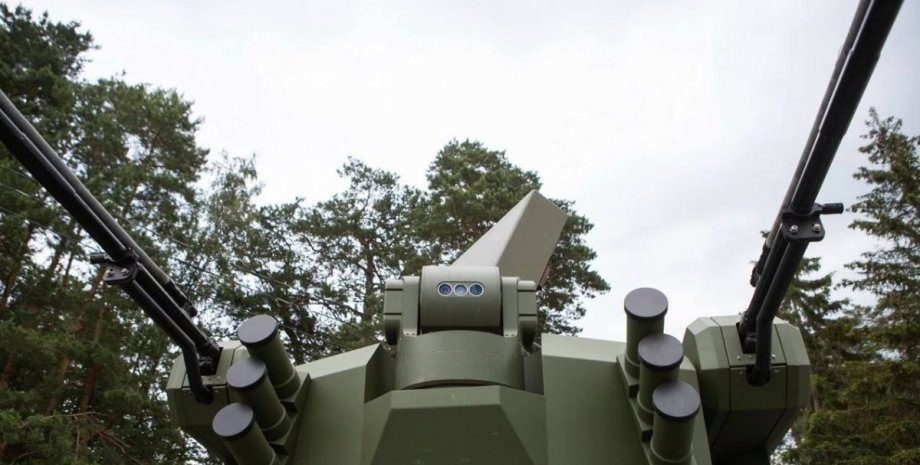
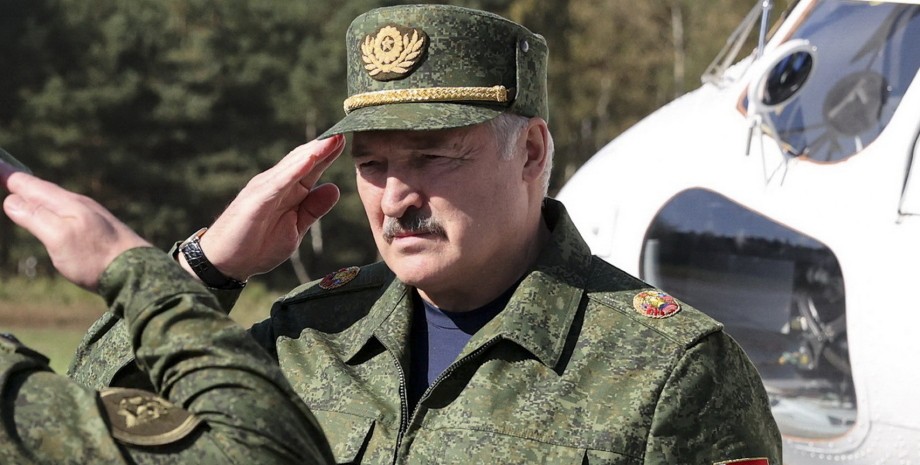
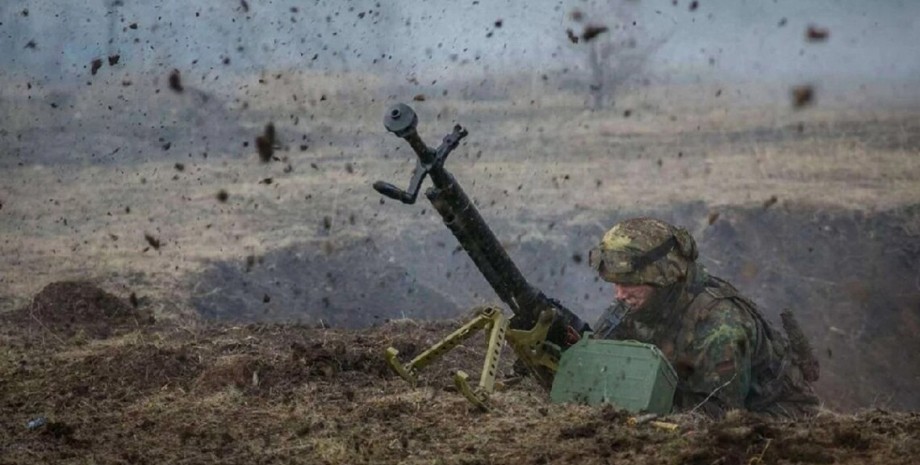

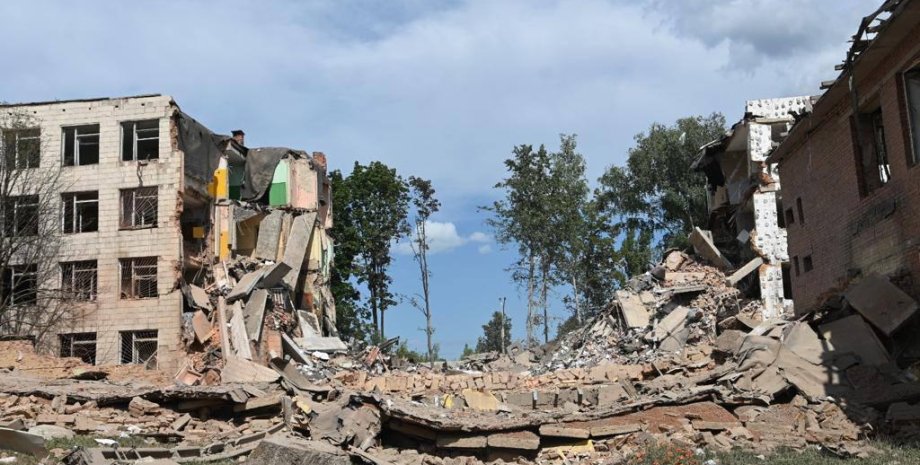
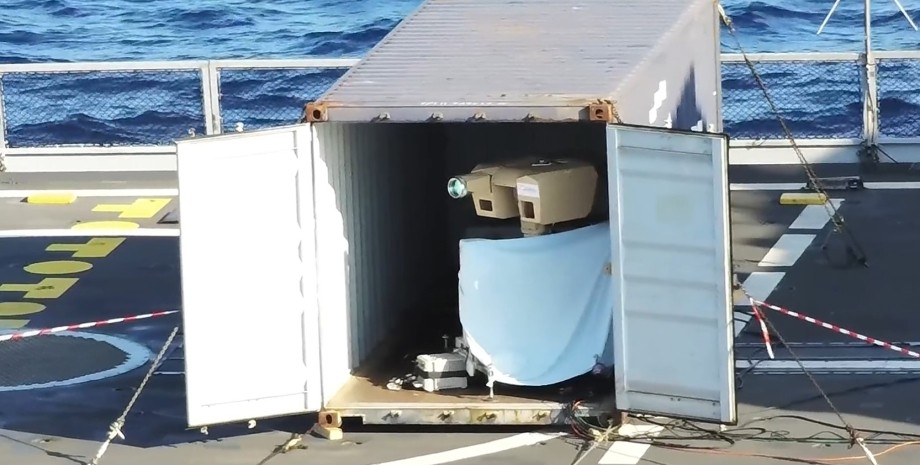
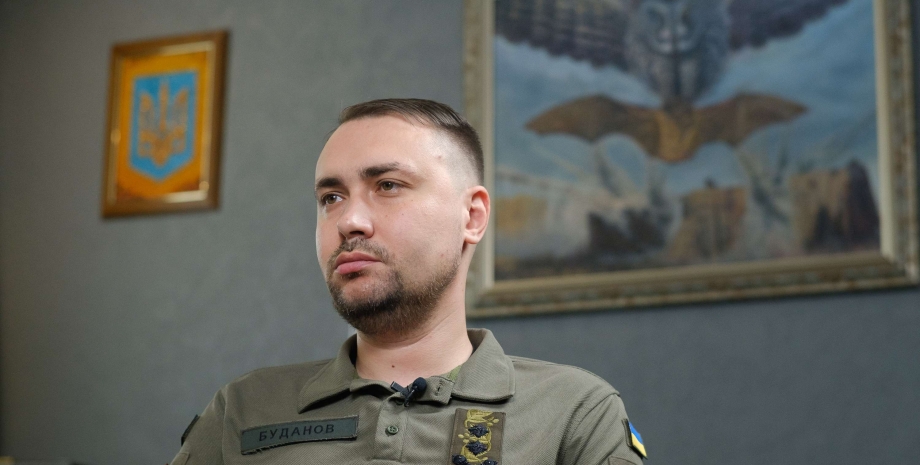
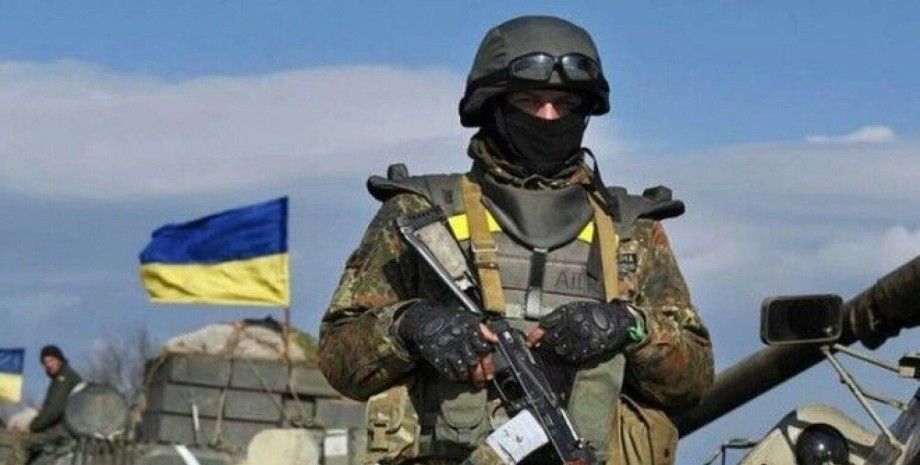
All rights reserved IN-Ukraine.info - 2022